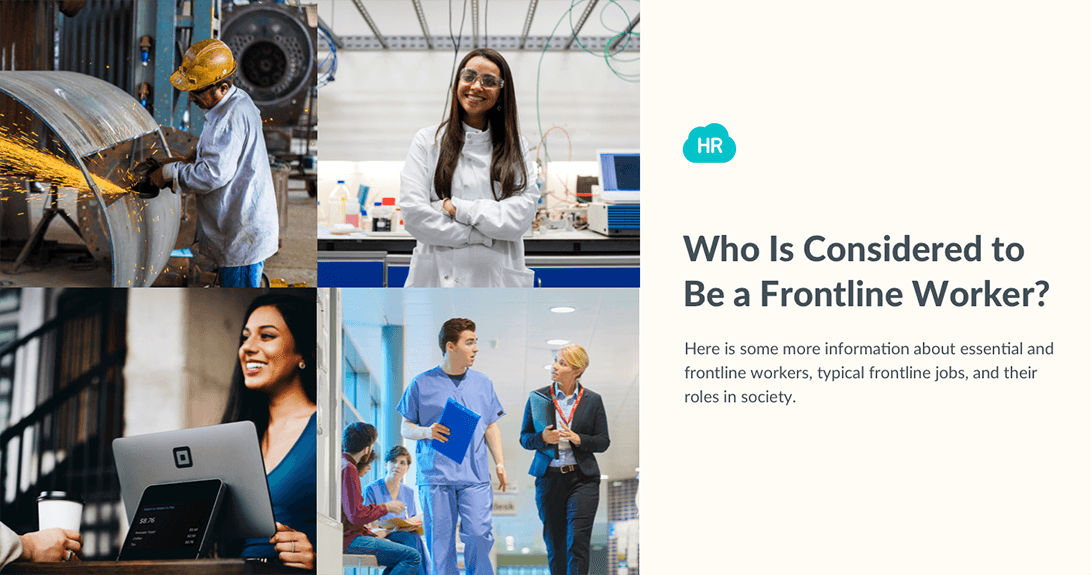

 Cut onboarding time
by 60%—here's the
Ultimate Checklist
that helped do it.
Cut onboarding time
by 60%—here's the
Ultimate Checklist
that helped do it.

As the global economy stabilizes in the aftermath of the COVID-19 era, the conversation has evolved from immediate crisis response to long-term workforce resilience. With hybrid work models becoming the norm, labor markets reshaping due to automation and AI, and a renewed focus on employee well-being, it's more important than ever to understand the evolving role of employment in a post-pandemic, AI-accelerated world. This includes addressing workplace disputes and implementing effective conflict resolution strategies. Learning how to resolve conflict at work has become a crucial skill for both managers and employees alike, especially when it comes to managing conflict in organizations.
The concept of essential workers is not new, but it was put under a microscope in the last few years. When businesses had to shut down offices and transition to working from home, many questions arose. For example, is it feasible for certain employees to work from home? Which roles and what occupations need to be in-person? These changes also brought new challenges in managing conflict in the workplace, especially in hybrid work environments. The need for effective team conflict resolution strategies has never been more apparent, particularly when it comes to resolving conflict in the workplace as a manager.
Policymakers and state officials can benefit from distinguishing between essential and frontline workers. This came in handy for them when making tough decisions about who should receive vaccines once they were ready for distribution. Also, states needed to allocate resources and provide personal protective equipment (PPE) to those who were considered frontline workers.
There are no downsides to learning more about the workforce. When there's a better understanding of the issues essential and frontline workers face, including conflict in the workplace, more changes can be made to accommodate their needs and improve conflict management skills. Handling conflict in the workplace effectively can lead to a more productive and harmonious work environment. This includes addressing issues such as poor communication and personality clashes, which are often at the root of workplace disputes.
Here is some more information about essential and frontline workers, typical frontline jobs, and their roles in society, as well as the importance of conflict resolution within the workplace
Overview of the Global Workforce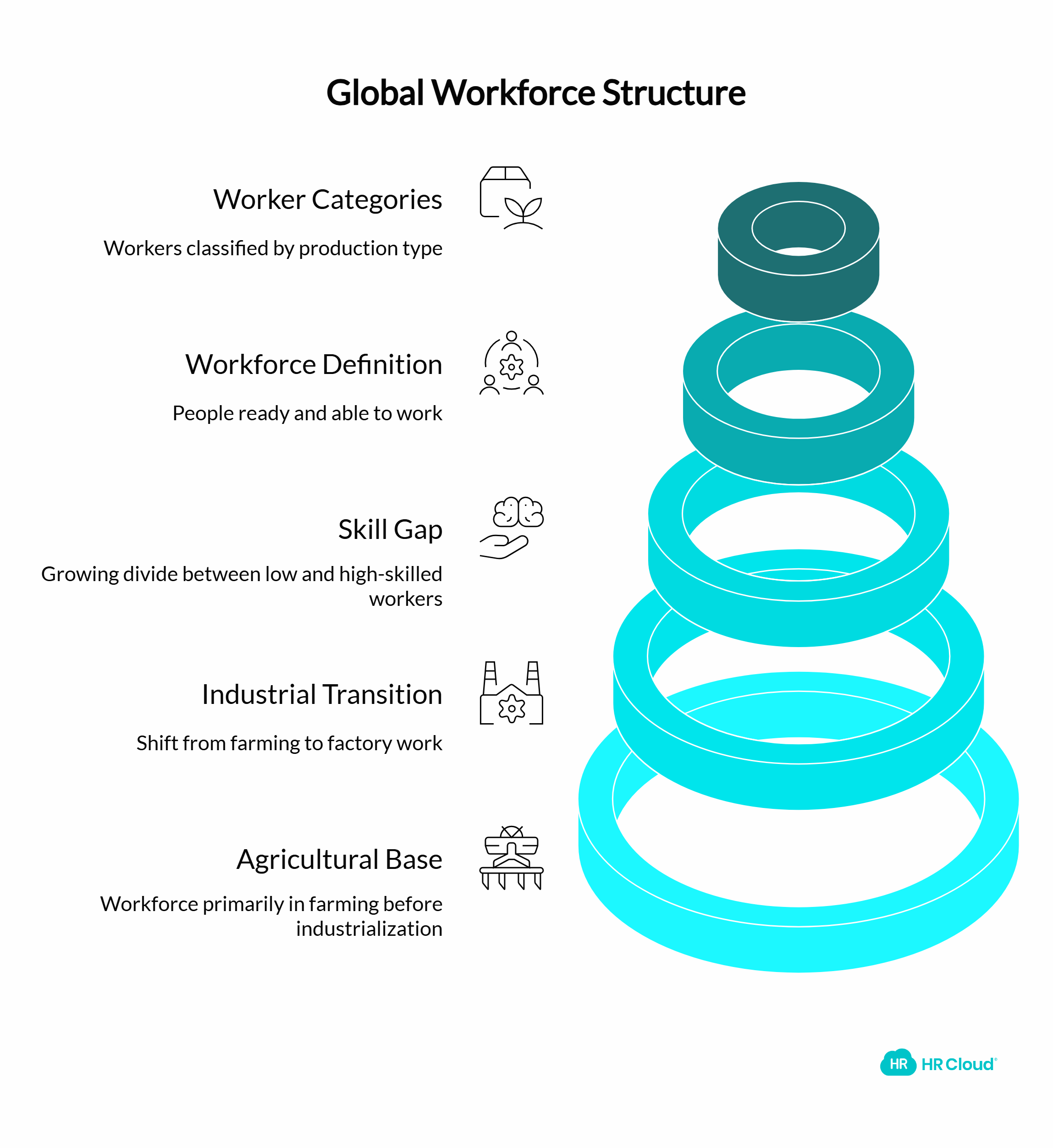
Before industrialization, much of the global workforce was made up of agricultural workers. There was no need to serve high volumes of people — many workers just provided for their families.
With technological advancements, transitioning from farming to factories was necessary. More people were working to produce goods that benefited groups of people rather than just a few.
Industrialization helped develop what the workforce is today. Researchers refer to the growing gaps between low-skilled and high-skilled laborers as “hollowing out” the middle tier of work. This is because there are generally fewer occupations that require an average skillset. In essence, employers seek out either highly-skilled workers or lower-skilled workers.
A workforce is made up of people ready, willing, and able to find a job within their country. For example, in the U.S., the workforce consists of all people over 16 years of age who are available to work. Whether or not someone is employed is not a contributing factor. Employed and unemployed people make up the workforce.
The terms “essential” and “frontline” are sometimes used interchangeably to describe workers. Still, there are specific characteristics of members of each group. An essential worker is a term used to describe a wide range of careers, and frontline workers are considered a subcategory.
There are four categories workers can fall under, and it has to do with what they produce: goods, services, technology, and capital. These categories are made up of different occupations for which employees can be hired.
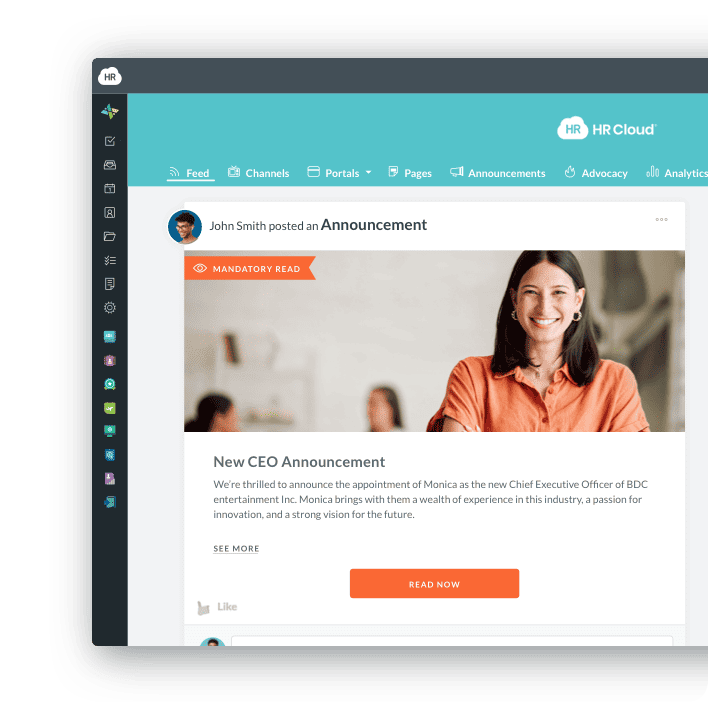
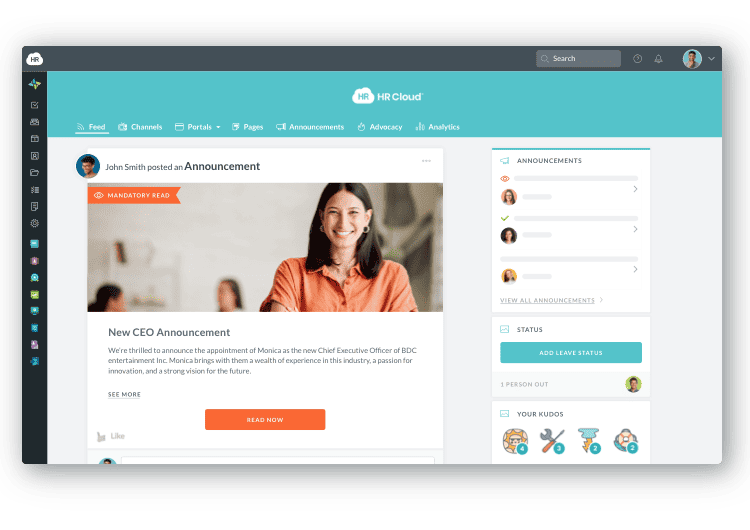
Below is more information regarding frontline workers and what types of jobs fall under this subcategory.
Who is a Frontline Worker?
Frontline workers are employees in an organization that provides some essential service to the general public. Not all essential workers are considered frontline workers.
The distinction is based on how much interaction they have with people, and whether they’re customers or recipients of the service provided. For example, frontline workers have a higher rate of face-to-face interactions than essential workers, who aren’t necessarily required to work in public-facing roles.
Some essential workers can work from home, while frontline workers usually have to report in person to complete their job responsibilities. Both essential and frontline workers help society function and contribute to the economic growth of the communities in which they live and serve. They also often face unique challenges in conflict resolution at work, making it essential for organizations to implement effective conflict management strategies and understand how to manage team conflict.
Types of Frontline Jobs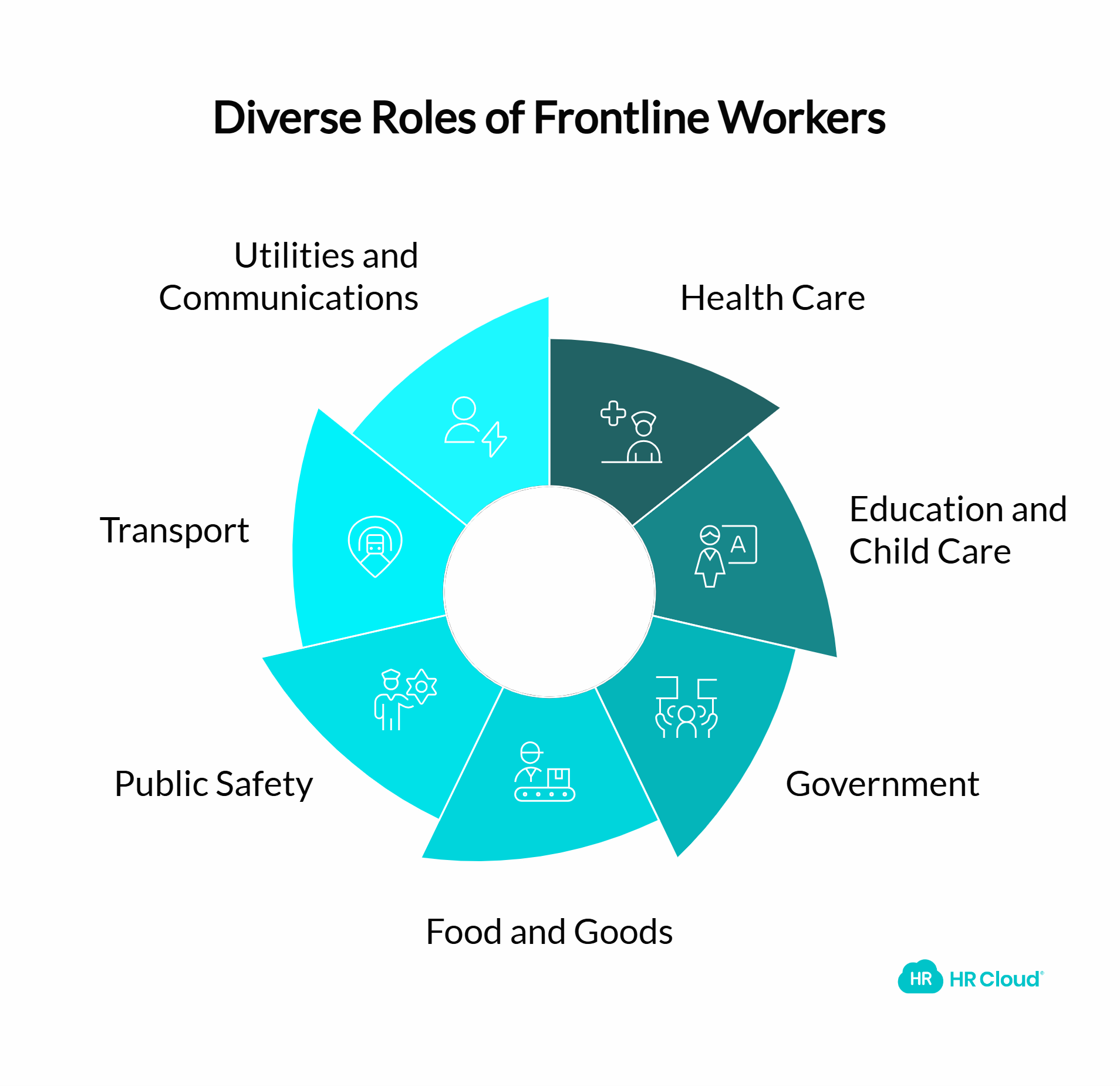
When someone thinks of the most common frontline jobs, jobs in health care are probably the most thought of occupation. This is because there are so many jobs within the healthcare sector, such as medical imaging professionals, doctors, nurses, nurse assistants, phlebotomists, and nursing home employees. In addition, having access to preventive health care means people are often healthier and can join the workforce and contribute to economic growth.
However, it’s crucial to identify all types of frontline jobs, so people know who makes up most of the country’s workforce. Here is a list of some common occupations where frontline workers work:
-
Health care: Nurses, doctors, and other medical professionals who see patients and provide treatment services
-
Education and child care: Teachers, special education professionals, and daycare specialists
-
Local and national government: Politicians, elected officials, and federal government workers
-
Food and goods: Food supply chain workers, those in food sales and distribution
-
Public safety: Law enforcement, armed forces, firefighters, and other security workers
-
Transport: Public transportation workers in air, rail, road, and water
-
Utilities, communications, and financial services: Oil, gas, and electrical industries, as well as postal service workers and waste disposal employees
Frontline employees can work in various environments, ranging from grocery stores to out and about in local neighborhoods.
Where Frontline Employees Work
Here are some of the places frontline workers typically perform their duties:
-
Stores
-
Restaurants
-
Beauty salons
-
Driving trucks
-
Hospitals
-
Construction sites
-
Factories
-
Educational institutions
-
Pharmacies
-
Warehouse
Frontline workers are present in many industries across all sectors of the economy.
Quick Facts About Frontline Workers
Frontline workers took over the spotlight in 2020, and they’ll likely be a topic of conversation regarding the workforce and employment rates. There are some interesting facts to learn about frontline workers and how they’re represented.
Here are some of those facts that can help people understand how crucial they are to a functioning society. In addition, it’s the responsibility of industry leaders to be aware of these facts to improve their frontline workforce:
-
Members of the healthcare industry represent 20% of all frontline workers in the United States.
-
Frontline workers tend to receive lower-than-average wages compared to the overall group of essential workers.
-
42% of all workers are frontline workers.
-
Frontline workers are typically less educated, with a higher share of high school dropouts.
-
Frontline workers tend to make more through unemployment benefits than working their actual jobs, meaning wages are generally too low for these workers.
-
Frontline workers sometimes lack insurance benefits and paid sick leave.
In many industries, there are shortcomings on the employee side. For example, some workers are unhappy with their benefit plans or insurance programs, while others find flaws in company procedures. When companies identify and address these gaps, more work can be done to improve on growth areas and retain their top-performing employees.
Benefits of Being a Frontliner
Frontline jobs have both advantages and disadvantages when it comes to their title. In recent months, frontline employees have had access to the COVID-19 vaccine. Due to the nature of their work, it was necessary to vaccinate frontline employees because of their proximity to the public. Limiting the spread helps the country move past the pandemic and allows workers to transition back into the office.
Frontline workers received recognition for the work they did during the height of the pandemic. Many people were thankful for the work they performed, whether it was saving lives in a hospital or continuing to bag groceries while risking exposure to the virus.
Some companies even produced ads or marketing campaigns to thank frontline workers during the pandemic. For example, on May 6, National Nurses Day, Dunkin Donuts offered all healthcare workers a free coffee and donut.
Frontline Work in the Future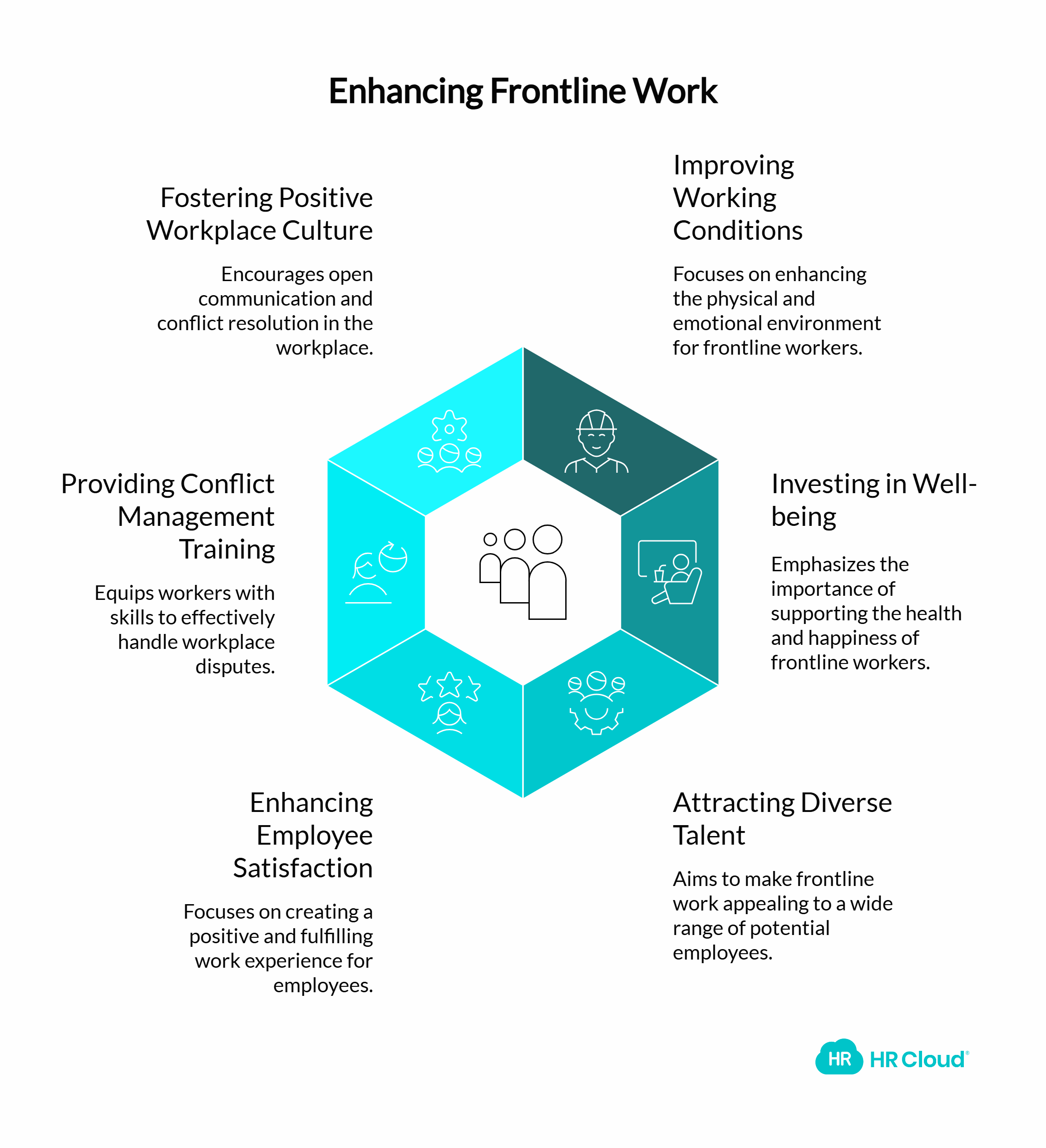
Addressing the common issues frontline workers face is no simple task. However, industries need to try and improve working conditions for the people who provide these services. In addition, it’s clear that frontline workers play a significant role in economic growth, so investing in their well-being would be beneficial.
If potential workers see that being a frontline worker is a great career opportunity, the workforce would be more diverse and well-rounded, and employee satisfaction would likely improve. This includes providing training in conflict management skills and creating a positive workplace culture that supports open communication and workplace conflict resolution. Learning how to deal with conflict at work is an essential skill for frontline workers and their managers, especially when dealing with scarce resources or competing priorities.
Engaging and Empowering Your Frontline Employees for Enhanced Productivity
Frontline employees can be rightly described as unsung heroes who do not get the recognition they deserve, especially from their employers. In most cases, they are not considered during the decision-making process and are often treated as cogs in the machine. This phenomenon can be detrimental not only to the morale and productivity of employees but also to the growth of the organization and, of course, service delivery to clients. It is worth noting that engaging and empowering your frontline employees helps to tap into a wealth of knowledge and ideas that can help your business succeed, including valuable insights on resolving workplace conflicts.
What is Employee Engagement?
Employee engagement, simply put, is bringing employees into the process of managing the business by welcoming their contributions, especially when it comes to decisions that affect their operations. The concept has become increasingly popular over the years, with success-oriented businesses looking to get more people involved, not necessarily in the management of the organization but in some of the decisions made by the people at the helm of affairs. The situation is not particularly different for frontline workers, as employee engagement helps to drive productivity, giving them a sense of belonging and improving their ability to handle workplace disputes.
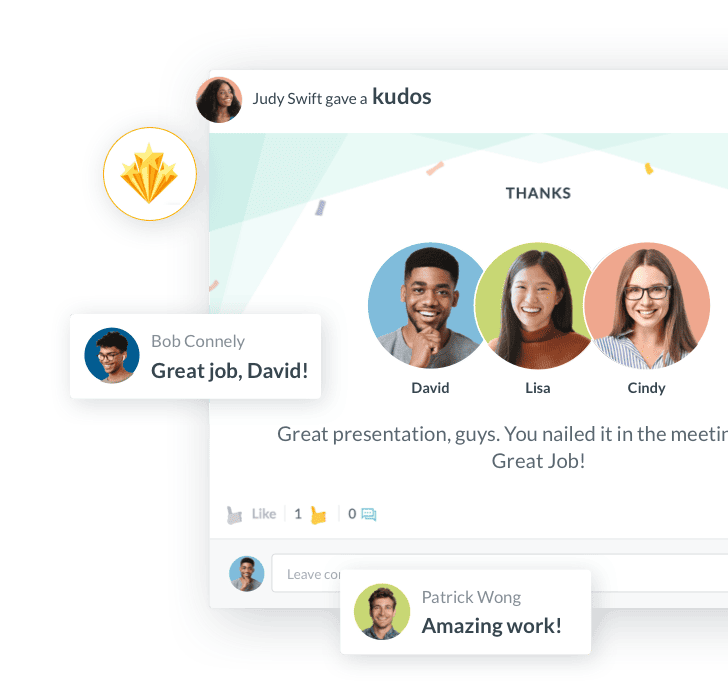
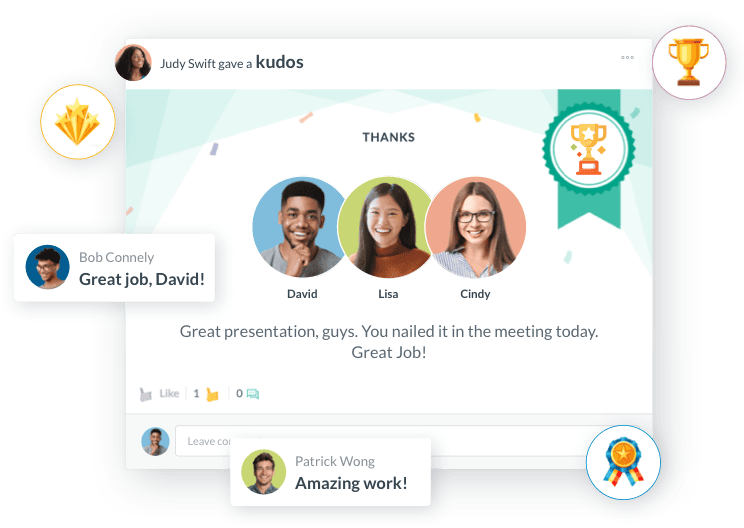
What are the benefits of employee engagement?
Employee engagement can be rightly described as employee empowerment, seemingly putting some power in the hands of staff. Experts in the field of human resources have buttressed the point that engaging employees is extremely beneficial to the business. According to a study conducted by Harvard Business Review, 87% of respondents said their organizations would be more successful by empowering frontline workers. Other benefits of employee engagement are highlighted as follows:
Employee Recognition
The human capital of any organization is probably the most important part of the business, despite the seeming significance of technology in the operations of modern businesses. Consequently, employee engagement, which often involves employee recognition, is an important and beneficial factor in the process. Employee recognition is particularly important as it often has multiplier effects on different aspects of the business, one of which is the staff, in this case, frontline employees, having a sense of belonging in the business and going the extra mile to ensure success.
The State of Deskless Workforce Report revealing that between 34% and 50% of employees do not feel valued by employers more than reiterates the importance of employee engagement, as it makes them feel like a part of the team, further substantiates this point. Implementing an employee recognition program can significantly enhance frontline worker engagement by fostering a positive work culture, acknowledging their contributions, and motivating them to excel in their roles. This recognition can also play a crucial role in conflict prevention and improving overall team dynamics.
Enhanced Productivity
Another benefit that comes with employee engagement is enhanced productivity from staff. It is not rocket science that employees tend to give more to a business if they feel they are part of the cause as opposed to being a tool for achieving a goal. Consequently, employee engagement tends to generally drive productivity, with staff going the extra mile to deliver and ensure the satisfaction of customers, ultimately enhancing the productivity and success of the organization. This increased engagement also leads to better conflict resolution skills among employees, as they feel more invested in maintaining a positive work environment.
Adaptation of Personal Goals with Organizational Objectives
One benefit of employee engagement that has been overlooked by a good number of organizations is the adaptation of personal goals to those of the business. In multiple instances, it is often difficult for employees to blend their goals with the objectives of the business, which is not surprising, as you can only work with what you know. Consequently, it is imperative for businesses to create a more engaging environment for frontline employees. This will allow them to create a balance between their personal objectives and the organizational goals, making it a lot easier for all stakeholders in the process to achieve success. This alignment of goals can significantly reduce conflict in the workplace as everyone works towards common objectives.
Feedback from Employees On Different Issues
Employees are more than just tools to the business, as they can make or mar the organization. Consequently, bringing them into the management of the organization, especially as regards making decisions that affect the way they work, will undoubtedly help get feedback from the major resource – humans. One of such feedbacks, as it relates to workplace processes, include digital and technological advancements, including intranet software, cloud computing, and the like. It might surprise you to know that despite businesses putting in place tech-driven solutions, some of such tools are not particularly helpful and compatible with the operations of the organization. Statistics from the Harvard Business Review study revealed that 86% of those surveyed say their frontline employees require better technology tools. The figures reveal two things: digital transformation is not only for desk workers, and some of the tools offered do not meet the needs of employees. Utilizing an employee feedback tool can play a pivotal role in elevating frontline worker engagement by providing a structured platform for communication, empowering employees to share their insights, and facilitating a continuous feedback loop that contributes to their professional growth and satisfaction. This open channel for feedback can also serve as an effective conflict resolution method, allowing issues to be addressed proactively.
Employee engagement helps to resolve many of the problems that relate to incompatible resources. On the other hand, it also helps to bring to bear the concerns of workers on other aspects of their work, especially as regards work-life balance and potential sources of conflict
Reduced Employee Turnover
Recent studies have revealed that employees who do not feel recognized are twice as likely to quit their jobs within the year, with research saying that 93% of employees would stay at their company if it provided ample growth opportunities. Consequently, it is important for organizations to invest in frontline workers to reduce turnover and even more imperative to ensure the resources align with the needs of employees. This investment should include training in conflict management techniques and fostering an environment where employees feel comfortable addressing and resolving issues. Find out how much employee turnover costs.
The points highlighted above are some of the several benefits that almost immediately accrue to the business and frontline workers when a deliberate employee engagement process is implemented.
How to engage and empower your frontline employees

It is not enough to have the desire to promote employee engagement among frontline workers, as the organization actually needs to follow the right path to achieve the desired results. Organizations should also note that while it is not rocket science, results and transformations should not be expected overnight, especially as humans react differently to changes and sometimes require time to adopt and adapt. Ways of effectively engaging and empowering your frontline employees are briefly highlighted as follows:
Communicate the company's vision
The first way to engage the employee is by communicating the company’s vision to the persons involved, in this case, frontline workers. It is often a give-and-take scenario in this case, as you also have to value the opinions of employees, particularly as they tend to give their opinions on the decisions made by the organization. Consequently, it is equally important to communicate the reasons behind every decision to the frontline worker. One way to do this is to use an employee app with company announcements like Workmates. This clear communication can help prevent misunderstandings and reduce potential conflict sources.
Encourage employee input
One of the ways of promoting employee engagement is boosting their morale with rewards and recognition. However, as a frontline manager, it is important to understand what motivates their employees and offer incentives accordingly. This is to ensure that the move is not counter-productive and prevents the organization from spending without necessarily achieving the desired results.
Encouraging input also allows employees to contribute to conflict resolution strategies, making them feel more involved in maintaining a positive work environment. Assertiveness and cooperativeness should be encouraged to foster healthy communication. Managers should also focus on providing constructive feedback to help employees grow and improve their performance.
Promote a positive work-life balance
As mentioned earlier, frontline workers are not just tools to achieve the goals of the organizations, as they are humans who have lives outside the work environment. Consequently, it is important to encourage positive work-life balance as frontline workers are involved in running critical operations across industries, according to the Cabinet Office of the UK Government. Creating an environment that promotes work-life balance will help bring out more from employees as they tend to come to work feeling refreshed, happy, and ready to serve. This balance can also contribute to reduced stress and fewer workplace disputes.
Offer opportunities for professional development
As a frontline manager, you can show your employees that they are a valued and integral part of your business and ultimately increase engagement by offering them professional growth opportunities and empowering them to continue learning. Providing frontline employees, especially new ones, with the tools and training needed to succeed will encourage them to remain with the company long-term. Growth opportunities will also help to reduce staff turnover and job satisfaction, ultimately turning ex-employees into brand advocates even after leaving the organization. These development opportunities should include training in conflict management skills and emotional intelligence, which are crucial for maintaining a harmonious work environment. Teaching employees problem-solving techniques can be particularly beneficial in resolving workplace conflicts.
Conclusion
Employee engagement remains pivotal to the growth of any business and is even more important for organizations that have frontline workers. However, it is often a gradual process and can be sometimes time-consuming and even capital-intensive, especially for organizations that have not integrated it into their operations. Consequently, organizations and frontline managers might need to exercise some patience and put in a lot of work to encourage employees through deliberate, effective engagement strategies. It is also worth noting that the techniques are not cast in stone and organizations sometimes have to tweak their strategies to align with the realities on the ground.
The bottom line is that employee engagement cannot be taken away from the business management process, which should be considered and intentionally factored into the operations of the organization.
This engagement should include a focus on conflict resolution within the workplace, promoting open communication, and developing strong conflict management skills among all employees. By addressing these aspects, organizations can create a more harmonious and productive work environment for their frontline workers. Implementing a clear dispute resolution process and providing training on conflict de-escalation techniques can significantly improve workplace dynamics.
Understanding what conflict resolution is and how to apply it effectively in the workplace is crucial for managers and employees alike. By fostering an environment that encourages collaboration and compromise, organizations can turn potential conflicts into opportunities for growth and innovation. Remember, effective conflict management is not about avoiding disagreements altogether, but rather about handling them constructively when they arise. This includes addressing issues such as personality clashes and poor communication, which are often at the root of workplace disputes.
In the era of remote work, organizations must also be prepared to address remote work conflicts through digital platforms and employee communication software. This approach ensures that even in a distributed workforce, conflict resolution remains a priority and contributes to overall employee relations and satisfaction.
By implementing these strategies and focusing on continuous improvement in conflict management, organizations can create a more engaged, productive, and harmonious work environment for their frontline employees. This includes ensuring procedural fairness in all conflict resolution processes and encouraging a balance between accommodating and competing styles of conflict management when appropriate.

Keep Reading
Enterprise HRIS Implementation: Rippling vs HR Cloud Integration Capabilities and Deployment Success
Enterprise HR Software Implementation Comparison
Best Workday Alternatives for Mid-Market Companies in 2026: Complete HRIS Comparison Guide
"We implemented Workday and our HR team still can't figure out half the features six
BambooHR vs HR Cloud: Which HRIS Actually Scales for Growing Companies?
TL;DR: BambooHR's apparent simplicity becomes a major limitation as companies scale past
Like What You Hear?
We'd love to chat with you more about how HR Cloud® can support your business's HR needs. Book Your Free Demo

Build a Culture of Recognition. Boost Engagement. Guaranteed.
Workmates empowers employees to stay informed, connected, and appreciated—whether they’re on the front line, in the office, or remote. Recognition drives 12x higher engagement.Trusted by industry leaders in every sector




Cut Onboarding Costs by 60%.
Take the confusion and follow-ups out of onboarding with automated workflows, digital forms, and structured portals—so new hires ramp faster 3X quicker.Trusted by industry leaders in every sector




